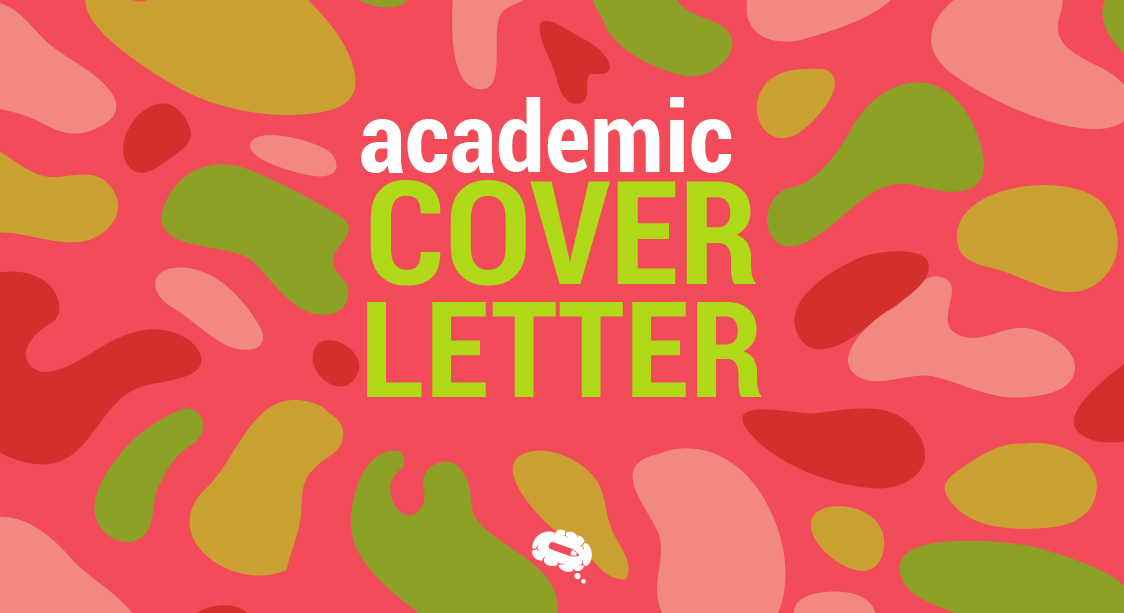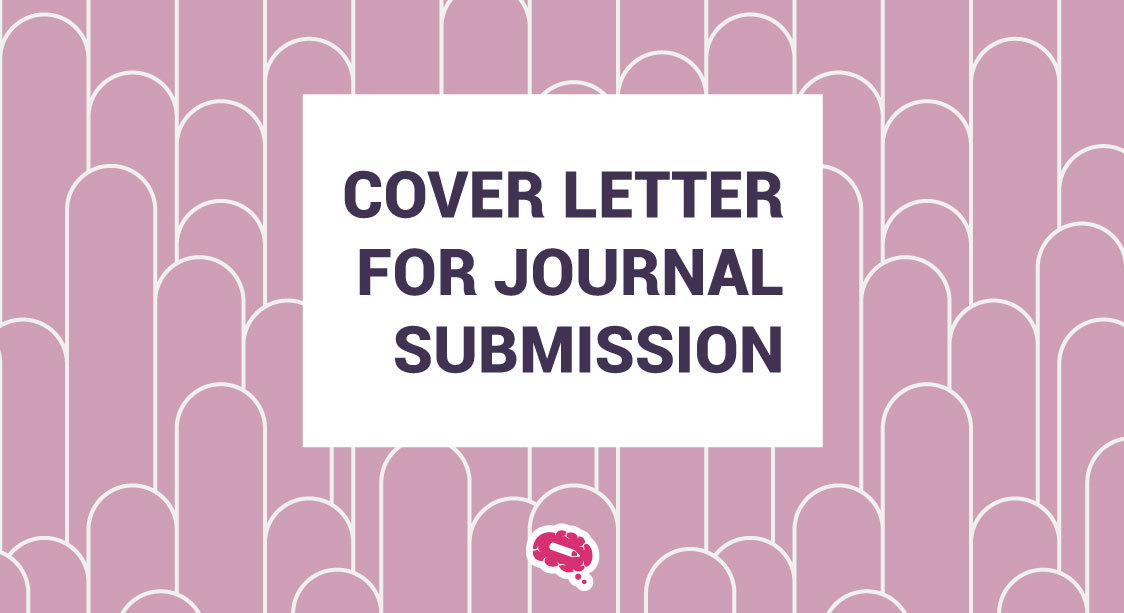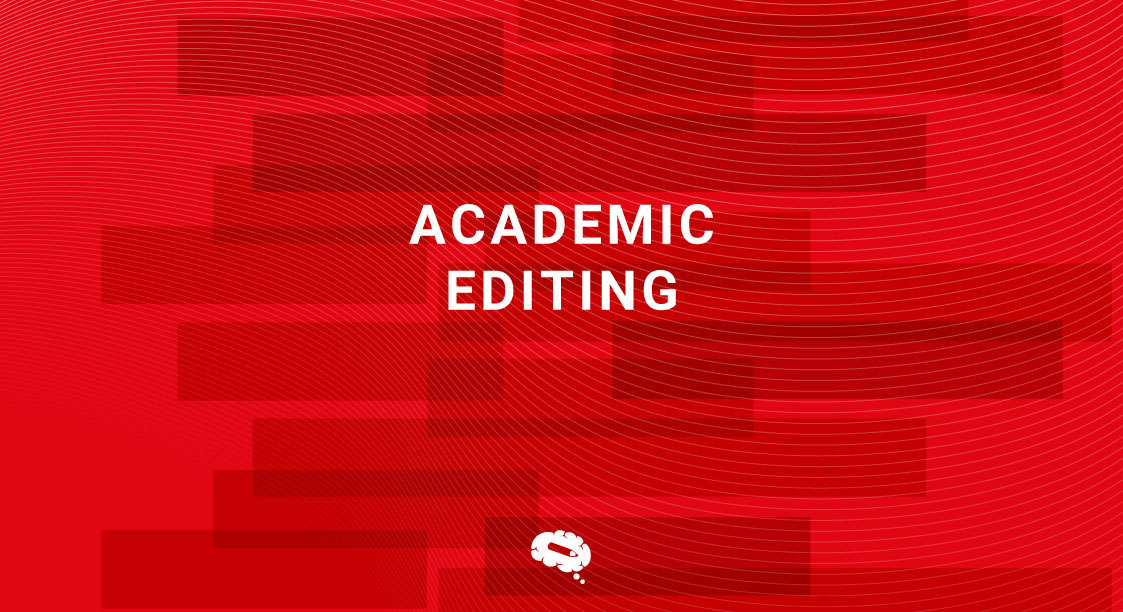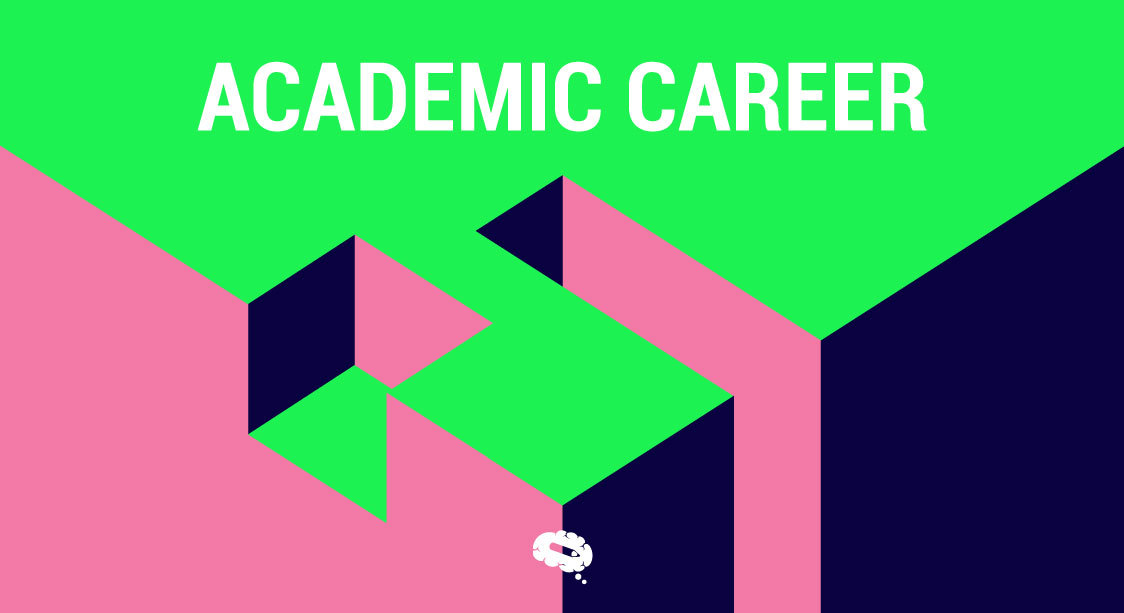This guide will help you create a winning academic cover letter! Here you’ll find everything you need, whether you’re an experienced academic or a fresh graduate seeking your dream job in academia. We’ll discuss how to write an academic cover letter that grabs attention while highlighting your skills and experiences.
Making a positive impression on hiring committees and search panels begins with a well-crafted academic cover letter. This document serves as your introduction, demonstrating your passion for your field, your qualifications, and your fit for the institution and position you are applying for.
A great cover letter can make all the difference in the competitive world of academia, where job openings are often limited and highly sought after. A cover letter provides context to your CV or resume, allowing you to highlight specific experiences, projects, or accomplishments that demonstrate your suitability for the position. Throughout this guide, we’ll provide you with tips, strategies, and examples to help you craft a compelling academic cover letter that sets you apart from the competition. So let’s dive in and start crafting your path to academic success!
The Purpose (Why Do You Need A Cover Letter?)
It is imperative to include a cover letter in your job application package when applying to academic jobs. A cover letter serves as a personal introduction, adding depth and context to your CV or resume. In order to better understand its specific purpose, let’s look at:
1. Explaining How you fit the position and Interest: In your cover letter, you can explain why you are interested in the position and institution. It gives you the chance to explain why you are applying, whether it is the institution’s reputation, specific research opportunities, or alignment with your career objectives. You can also express your interest in the program and describe how it fits into your future goals. Additionally, you should demonstrate your enthusiasm and commitment to the program.
2. Highlighting Your Qualifications: In contrast to CVs and resumes, cover letters provide you with an opportunity to highlight and contextualize specialized experiences or qualifications relevant to the role. In order to demonstrate your suitability for the job, you can highlight specific projects, publications, teaching experiences, or other accomplishments.
3. Personalizing Your Application: Unlike a CV or resume, which tends to be more standardized, a cover letter offers you the chance to personalize your application for a specific job and institution. By addressing the hiring committee directly and tailoring your content to the institution’s values, mission, and goals, you can demonstrate your genuine interest and commitment.
4. Adding Context: At times, you may need to explain or contextualize certain aspects of your application. It can be helpful to include a cover letter if you are transitioning from one field within academia to another, or if there are gaps in your employment history.
5. Showcase Your Communication Skills: In academia, effective communication is paramount. An important skill that hiring committees look for is the ability to communicate clearly and persuasively in writing. You can demonstrate your writing style, professionalism, and attention to detail with a well-crafted cover letter.
6. Stand Out From Other Candidates: Being able to stand out from other applicants is essential in a competitive job market. With a thoughtfully written cover letter, you can convey aspects of your personality, work ethic, and passion for your field not readily apparent from your CV.
Research About The Institution
The first step in writing an academic cover letter is to thoroughly research the institution as well as the role for which you’re applying. By taking this step, you not only demonstrate your genuine interest in the position, but you also tailor your cover letter to make it more compelling to hiring managers.
Importance Of Research Before The Interview
You demonstrate your genuine interest in joining the academic community by demonstrating your knowledge about the institution and the position. You can align your qualifications and experience with what they are seeking in a candidate if you understand the institution’s values, mission, and goals. By researching the department, faculty members, and ongoing projects, you can use your insights to enhance the relevance and impact of your cover letter.
Tips for researching about the Institution:
- Explore the Institution’s Website: Start by thoroughly exploring the institution’s official website. Learn about the faculty members, research areas, academic programs, and recent achievements of the department you’re applying to.
- Read Faculty Profiles and Publications: Take the time to read faculty profiles and publications related to your field of expertise. Furthermore, this will help you identify potential collaborators or mentors within the department.
- Review Recent News and Press Releases: Check for any recent news articles or press releases about the institution. It can provide valuable insights into the Lab’s accomplishments, partnerships, or current initiatives.
- Utilize Professional Networks: Reach out to your professional network, including colleagues, mentors, or alumni who may have insights or connections related to the institution or position. You might find valuable information or advice from them that you couldn’t find through traditional research methods.
- Attend Departmental Events or Webinars: If possible, attend departmental events, seminars, or webinars hosted by the institution. In addition to learning more about their academic community, you will also have an opportunity to network with faculty and students.
Tailoring Your Cover Letter
As soon as you have gathered enough information about the institution and the position, you can tailor your cover letter accordingly. Here are some tips for writing a targeted and impactful cover letter:
- Start your cover letter with the name of the institution and the position you are applying for. It shows that you have done your homework and immediately grabs the reader’s attention.
- Provide examples from your background that are directly related to the institution’s research areas, teaching philosophy, or academic initiatives. By doing so, you demonstrate how your skills and experience are in line with their requirements.
- Refer to specific projects, programs, or initiatives in your cover letter if the institution has them. Explain how your expertise or interests make you a good candidate for participation or contribution.
- Describe how you align with the institution’s values, mission, and academic culture. In this way, you demonstrate your commitment to excellence and innovation in education and research.
Academic Cover Letter Structure
Your introduction serves three purposes: grabbing the reader’s attention, expressing your interest in the position, and briefly describing your qualifications. The following is a list of what to include:
- A strong opening sentence or paragraph that captures the reader’s interest.
- The position you are applying for and where you learned about it.
- A brief introduction of yourself and your interest in the position and institution.
Here is a simple Example:
“Dear Hiring Committee/Department Chair, I am writing to express my interest in the Specific Position at the Institution, as advertised on XYZ. With a passion for mentioning your field or research interest, coupled with relevant experience or qualification, I am excited about the opportunity to contribute to the Institution’s name or department.”
Body Paragraphs
Describe your qualifications, relevant experiences, and how they are aligned with the job requirements in the body paragraphs. The following is a list of what to include:
- Detailed discussion of your academic background, research experience, teaching experience if any, and any other relevant skills or accomplishments.
- Specific examples and achievements that demonstrate your suitability for the position.
- Alignment of your qualifications with the institution’s mission, values, and goals.
Here is a simple Example:
“As a research assistant at [University/Institute], I conducted groundbreaking research in [specific area], resulting in [mention of any publications, grants, or awards]. In addition to my expertise in [relevant technique or methodology], I am particularly drawn to [Institution’s name or department] due to the institution’s commitment to [mention any specific initiatives or focus areas].”
Conclusion
In the conclusion, you express gratitude for the opportunity to apply, summarize your interest, and offer a call to action. The following is a list of what to include:
- A summary of your interest in the position and how you can contribute to the institution.
- Expression of gratitude for the opportunity to apply and the reader’s consideration.
- A call to action, such as expressing readiness for an interview or providing additional materials if needed.
Here is a simple Example:
“Thank you for considering my application. I am looking forward to contributing to [Institution’s name or department]’s mission of [mention the institution’s mission or goals] with my expertise in [your field]. It would be my pleasure to provide any additional information you may need. I look forward to discussing how my skills and experience align with the needs of [Institution].”
Academic Cover Letter Template
Dear Hiring Committee,
Dear Hiring Committee/Department Chair, I am writing to express my interest in the Specific Position at Institution, as advertised on XYZ. With a passion for mentioning your field or research interest, coupled with relevant experience or qualification, I am excited about the opportunity to contribute to the Institution’s name or department.
As a research assistant at [University/Institute], I conducted groundbreaking research in [specific area], resulting in [mention any publications, grants, or awards]. In addition to my expertise in [relevant technique or methodology], I am particularly drawn to [Institution’s name or department] due to the institution’s commitment to [mention any specific initiatives or focus areas].
Thank you for considering my application. I am looking forward to contributing to [Institution’s name or department]‘s mission of [mention the institution’s mission or goals] with my expertise in [your field]. It would be my pleasure to provide any additional information you may need. I look forward to discussing how my skills and experience align with the needs of [Institution].
Sincerely,
Name
Using this structure, you can craft an effective cover letter for an academic position. Personalize each section based on your experiences and the specific requirements of the position and institution you are applying for.
Polishing And Final Touch
You should polish your academic cover letter after you draft it to ensure that it effectively conveys your qualifications and professionalism. During this final step, you will check your letter for errors, edit it, and ask for feedback to ensure that it is as good as possible.
Proofreading and Editing
You should proofread your cover letter to ensure it contains no grammatical, spelling, punctuation, or clarity errors. The following tips will help you proofread effectively:
- Take your time when reviewing your cover letter. Make sure you don’t rush through proofreading.
- The best way to catch awkward phrasing, repetitions, and grammatical errors in your cover letter is to read it aloud to yourself.
- Take advantage of spelling and grammar checkers available in word processing software like Microsoft Word or Grammarly. It is important to remember that these tools may not detect all errors, so don’t rely on them solely.
- Be clear and concise in your sentences. Use simple language rather than overly complex jargon that might confuse the reader.
- Your cover letter should be consistent in terms of formatting, punctuation, and writing style.
Professional Tone and Formatting
Making a positive impression on potential employers requires a professional tone and formatting. You can ensure professionalism in your cover letter by following these steps:
- Write in a formal tone appropriate for academic and professional settings. Don’t use slang, contractions, or language that is too casual.
- Follow a standard business letter format, including your contact information, the recipient’s information, a salutation, body paragraphs, and a conclusion. You should use a professional font and a standard font size (e.g., Times New Roman, 12-point).
- When possible, address the recipient by name and title. Use a generic salutation such as “Dear Hiring Committee” or “Dear Search Committee” if you’re unsure of the recipient’s name.
- Double-check your contact information, including your email address and phone number.
Seeking Feedback
Your cover letter can be improved by getting feedback from others. Feedback can be obtained from the following sources:
- Review your cover letter with trusted classmates or colleagues and ask for constructive criticism. It is possible for them to offer fresh perspectives and catch errors that might have slipped your mind.
- Find mentors with experience in your field of study or academia who can provide feedback. It is possible to get guidance from them on how to tailor your cover letter for a particular academic position.
- If your university has a career center or academic advising office, make use of those resources. Academic cover letters can be tailored to different positions by career advisors.
To ensure your academic cover letter presents you to potential employers in the best light, be sure to proofread, maintain a professional tone and format, and seek feedback from peers, mentors, and career advisors.
Discover The Power Of Scientific Storytelling With The Best Infographic Maker
Dive deep into your research and effortlessly craft engaging visuals that captivate your audience’s attention. From intricate data sets to complex concepts, Mind the Graph empowers you to create compelling infographics that resonate with readers. Visit our website for more information.

Subscribe to our newsletter
Exclusive high quality content about effective visual
communication in science.








